Home>Technology>Home Entertainment Systems>What Is The Aspect Ratio Of A Television Picture?
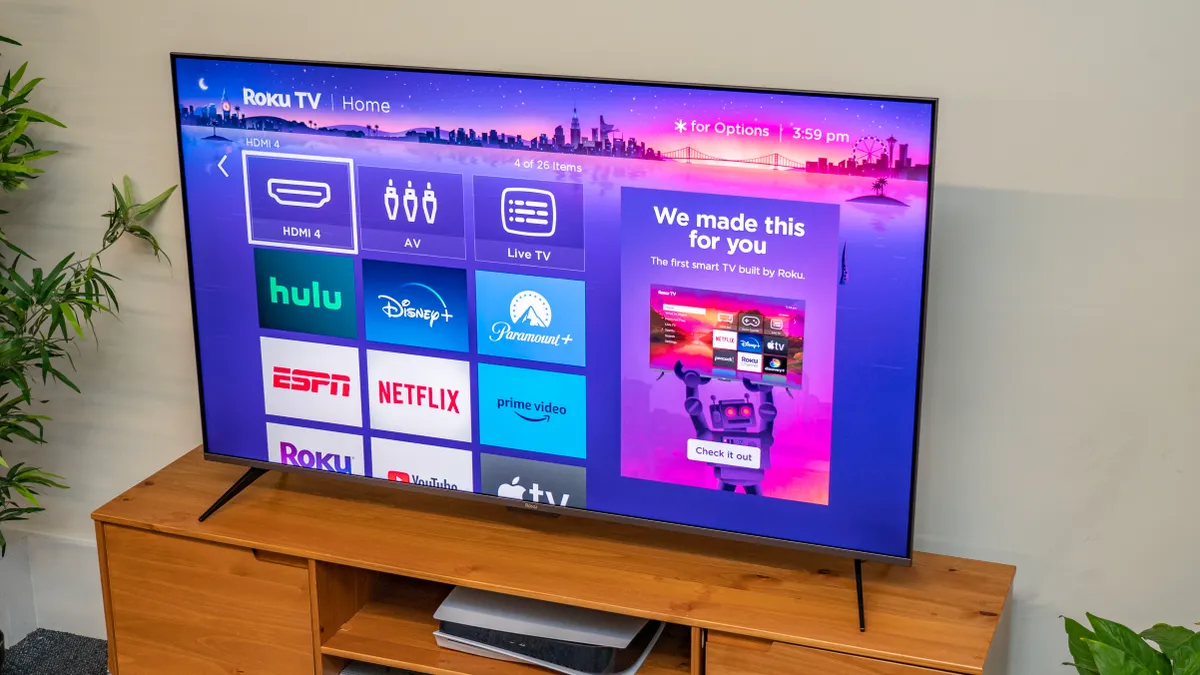

Home Entertainment Systems
What Is The Aspect Ratio Of A Television Picture?
Published: December 20, 2023
Want to know the aspect ratio of a television picture? Discover the answer and more about home entertainment systems with our informative guide.
(Many of the links in this article redirect to a specific reviewed product. Your purchase of these products through affiliate links helps to generate commission for Storables.com, at no extra cost. Learn more)
Introduction
Welcome to the exciting world of home entertainment systems! Whether you are a movie enthusiast, a sports fanatic, or a gaming guru, having a high-quality and immersive viewing experience is of utmost importance. One crucial aspect that significantly impacts your visual enjoyment is the aspect ratio of your television picture.
Aspect ratio refers to the proportional relationship between the width and height of an image or screen. It determines the shape and dimensions of the video or picture you see on your television screen. Understanding the concept of aspect ratio is key to optimizing your viewing experience and making the most out of your home entertainment system.
In this article, we will delve into the fascinating world of aspect ratios, explore their significance in television, and guide you on how to adjust the aspect ratio on your television as per your preference. Let’s get started!
Key Takeaways:
- Understand the impact of aspect ratio on your TV viewing experience. From cinematic 16:9 to ultra-wide 21:9, adjusting the aspect ratio ensures optimal visual immersion and eliminates black bars.
- Easily adjust your TV’s aspect ratio for the best viewing experience. Navigate the settings, select the ideal ratio, and enjoy immersive visuals without distortion or black bars.
Read more: What Is Aspect Ratio On Projector
Understanding Aspect Ratio
Aspect ratio is expressed as a ratio of the width to the height of the screen or image. For example, a common aspect ratio is 16:9, where the width is 16 units and the height is 9 units. The first number represents the width, and the second number represents the height.
The aspect ratio of a television picture determines its shape and how content is displayed on the screen. It is important to understand that different aspect ratios can result in different viewing experiences and affect the way movies, TV shows, and other videos are presented.
Older televisions used to have a standard aspect ratio of 4:3, which means the picture would be almost square-shaped. However, with the rise of high-definition (HD) and widescreen formats, the most common aspect ratio for modern televisions is now 16:9. This wide format allows for a more immersive viewing experience, especially for movies filmed in widescreen.
In addition to the standard 4:3 and widescreen 16:9 aspect ratios, there are other aspect ratios used in specific applications. For instance, the 21:9 aspect ratio, also known as ultra-wide, is often found in gaming monitors and provides a wider field of view for an enhanced gaming experience. The 2.35:1 aspect ratio, known as cinemascope, is commonly used in the film industry for creating a cinematic feel.
Understanding the aspect ratio of your television is crucial because it directly affects the way content is displayed on the screen. It ensures that images and videos are presented in their intended format, maintaining the correct proportions and avoiding distortion or black bars on the sides or top and bottom of the screen.
Standard Aspect Ratios
When it comes to television screens, there are a few standard aspect ratios that are widely used. Let’s take a closer look at these:
- 4:3 Aspect Ratio: This aspect ratio was the standard for older analog televisions. It has a more square-shaped screen, with a width that is 4 units and a height that is 3 units. This ratio is not commonly used for televisions anymore, but you may still come across it in older content or certain display devices.
- 16:9 Aspect Ratio: The 16:9 aspect ratio is the most common for modern televisions, especially those that are HD or 4K. It provides a wider and more rectangular screen, with a width that is 16 units and a height that is 9 units. This ratio is ideal for displaying widescreen content, such as movies and TV shows produced in a widescreen format.
- 21:9 Aspect Ratio: The 21:9 aspect ratio, also known as ultra-wide, is primarily found in computer monitors and gaming displays. It offers an even wider and more panoramic screen, with a width that is 21 units and a height that is 9 units. This aspect ratio provides an immersive and expansive gaming or viewing experience, allowing for a broader field of view.
- 2.35:1 Aspect Ratio: The 2.35:1 aspect ratio, also known as cinemascope or anamorphic, is commonly used in the film industry for creating a cinematic feel. It has an even wider screen, with a width that is 2.35 units and a height that is 1 unit. This aspect ratio is used to showcase movies in their original widescreen format, allowing for a more epic and theatrical visual experience.
These standard aspect ratios serve different purposes and cater to various content types. By understanding the aspect ratio of your television screen, you can ensure that you are consuming media in the best possible format and fully appreciating the visuals.
Common Aspect Ratios in Television
Television programming and video content are predominantly produced and displayed in a few common aspect ratios. Let’s explore the most common aspect ratios you’ll encounter when watching television:
- 4:3 Aspect Ratio: As mentioned earlier, the 4:3 aspect ratio was once the standard for analog televisions. It has a more square-shaped screen, with a width that is 4 units and a height that is 3 units. While it is not as prevalent today, you may encounter this aspect ratio in older TV shows, vintage movies, or certain broadcasts that have not been converted to widescreen format.
- 16:9 Aspect Ratio: The 16:9 aspect ratio is now the default choice for most television broadcasts and modern displays. It offers a wider and more rectangular screen, with a width that is 16 units and a height that is 9 units. This aspect ratio is ideal for HD and 4K content, including movies, TV shows, and sports events, as it closely matches the widescreen format commonly used in the industry.
- 21:9 Aspect Ratio: While less common in television broadcasts, the 21:9 aspect ratio, also known as ultra-wide, can be found in certain sports events, specialized channels, or streaming platforms. It provides an even wider and more panoramic screen, with a width that is 21 units and a height that is 9 units. This aspect ratio is often favored by gaming enthusiasts for an immersive gaming experience on ultra-wide monitors.
- 16:10 Aspect Ratio: Although less prevalent in television broadcasts, the 16:10 aspect ratio is commonly used in computer monitors and some professional displays. It has a slightly more square-shaped screen, with a width that is 16 units and a height that is 10 units. This aspect ratio is popular among designers, photographers, and professionals who require more vertical screen space for their work.
When watching television, most of your content will likely be in the 16:9 aspect ratio, especially when viewing HD or 4K channels. However, it’s important to be aware of other aspect ratios as well, as they can be encountered in certain programming, particularly in movies, specialized broadcasts, or gaming experiences. Understanding these different aspect ratios enhances your viewing enjoyment and ensures that you can appreciate content in its intended format and presentation.
The aspect ratio of a television picture refers to the proportional relationship between its width and height. The most common aspect ratios for TVs are 16:9 for high-definition content and 4:3 for standard-definition content.
Impact of Aspect Ratio on Viewing Experience
The aspect ratio of your television screen plays a significant role in the overall viewing experience. It can have both practical and aesthetic implications on how content is presented. Here are some of the key impacts of aspect ratio:
- Image Composition: Different aspect ratios can affect the composition of the image on the screen. For example, a wider aspect ratio, such as 16:9 or 21:9, allows for a broader field of view, capturing more details on the sides of the screen. This can be particularly immersive for movies or games with expansive landscapes or action-packed scenes.
- Widescreen Content: The most common aspect ratio for TV shows and movies is 16:9. When watching content in this aspect ratio on a compatible widescreen television, you can enjoy the cinematic feel that the director intended. This ensures that you can fully immerse yourself in the visuals, without any cropping or distortion.
- Black Bars: If you view content in an aspect ratio that does not match your television’s native aspect ratio, you may see black bars on the sides or top and bottom of the screen. These bars, known as letterboxing (for horizontal black bars) or pillarboxing (for vertical black bars), can sometimes disrupt the viewing experience. However, they are necessary to maintain the correct aspect ratio and prevent image distortion or cropping.
- Content Format: Different types of content are produced in specific aspect ratios. For example, movies are often filmed in widescreen formats to provide a cinematic experience, while some TV shows may still adopt the standard 4:3 aspect ratio for a retro or nostalgic feel. Understanding the aspect ratio of the content you are watching allows you to appreciate it in the proper format and experience it as intended.
- Gaming and Multimedia: The aspect ratio becomes even more critical in gaming and multimedia experiences. Some video games are specifically designed for ultra-wide monitors with a 21:9 aspect ratio, offering a wider field of view and enhancing the immersive nature of the gameplay. Similarly, multimedia presentations, slideshows, and digital content may need to be adjusted to fit the appropriate aspect ratio to avoid distortion or cropping.
Overall, the aspect ratio of your television screen has a significant impact on how you perceive and interact with content. By understanding the implications of different aspect ratios and ensuring that your television and content are compatible, you can immerse yourself in a visually stunning and enjoyable viewing experience.
How to Adjust Aspect Ratio on your Television
Adjusting the aspect ratio on your television is relatively simple and can greatly enhance your viewing experience. Here are the steps to do it:
- Access the Menu: Using your television remote, locate the menu button or settings button. Pressing this button will give you access to the settings and options of your television.
- Navigate to the Aspect Ratio Settings: Once you open the menu, navigate to the display settings or picture settings section. Look for options related to aspect ratio, screen size, or picture size. The specific terminology may vary depending on your television brand or model.
- Select the Desired Aspect Ratio: In the aspect ratio settings, you will typically find a list of available options. Choose the aspect ratio that best suits your preference or matches the content you are watching. Common options include 16:9, 4:3, zoom, or auto, among others.
- Confirm and Save Changes: After selecting the desired aspect ratio, confirm your selection and save the changes. Your television should apply the new aspect ratio immediately, adjusting the picture size accordingly.
- Experiment and Fine-tune: Depending on the content you are watching and your personal preference, you may need to experiment with different aspect ratios to find the optimal setting. For widescreen movies or shows, the 16:9 aspect ratio is usually the best choice. However, for older content or specific applications, you may need to switch to a different aspect ratio to avoid black bars or distortion.
It’s important to note that some televisions have an “auto” aspect ratio option, which automatically adjusts the picture size based on the incoming signal. This can be helpful if you frequently switch between different content with varying aspect ratios. However, it’s still worth exploring manual adjustments to ensure the best possible visual experience.
Keep in mind that some content providers, such as streaming services or cable/satellite providers, may also offer their own aspect ratio settings. If you are watching content through an external device, such as a set-top box or gaming console, make sure to check the settings on that device as well.
By adjusting the aspect ratio on your television, you can optimize the display of content and enjoy a more immersive and visually pleasing viewing experience.
Conclusion
Understanding aspect ratio is crucial for achieving the best possible viewing experience on your television. Whether you’re watching movies, television shows, sports events, or playing video games, the aspect ratio of your screen plays a significant role in how content is displayed.
By familiarizing yourself with the standard aspect ratios and their impacts, you can ensure that you are consuming media in the correct format and preserving the intended composition. The most common aspect ratio, 16:9, is widely used for HD and 4K content and offers a cinematic experience for movies and TV shows.
Adjusting the aspect ratio on your television is a simple process that can greatly enhance your viewing pleasure. Accessing the menu, navigating to the aspect ratio settings, and selecting the appropriate option allows you to optimize the picture size and aspect ratio according to your preference or the content you’re watching.
While the 16:9 aspect ratio is the most prevalent, it’s essential to be aware of other aspect ratios, such as 4:3, 21:9, and 16:10, as they may be encountered in specific programming or gaming experiences. Adapting the aspect ratio ensures that you avoid black bars, maintain the correct proportions, and fully immerse yourself in the visual content.
Ultimately, optimizing the aspect ratio on your television completes the home entertainment experience, providing you with a captivating and engrossing viewing journey. So, make sure to explore the settings of your television and adjust the aspect ratio to fit your personal preferences and the content you’re enjoying.
Now that you have a deeper understanding of aspect ratios, go ahead and make the most out of your home entertainment system, creating unforgettable moments with friends and family as you dive into a world of immersive visuals and captivating storytelling.
Frequently Asked Questions about What Is The Aspect Ratio Of A Television Picture?
Was this page helpful?
At Storables.com, we guarantee accurate and reliable information. Our content, validated by Expert Board Contributors, is crafted following stringent Editorial Policies. We're committed to providing you with well-researched, expert-backed insights for all your informational needs.
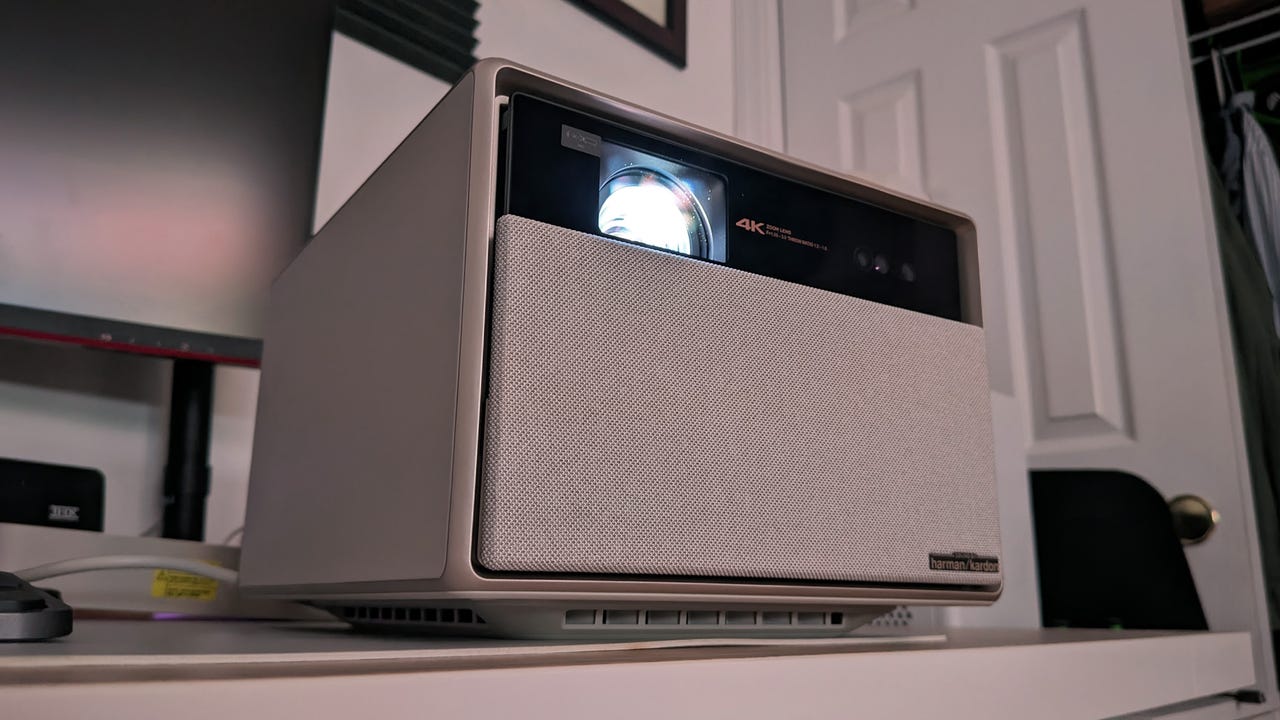




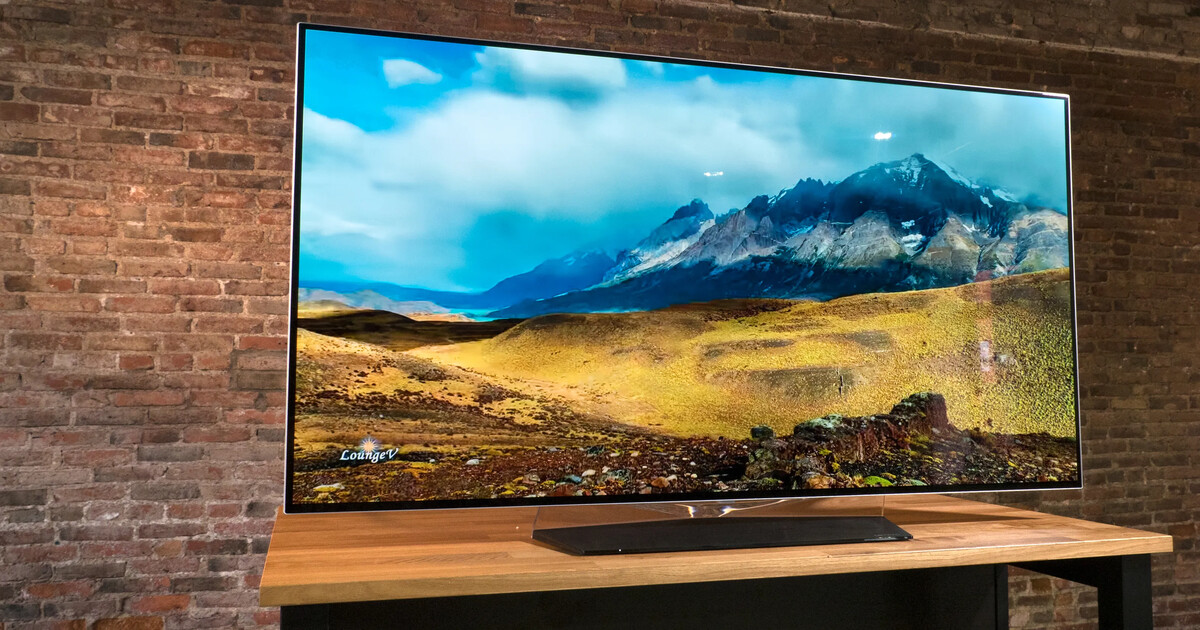
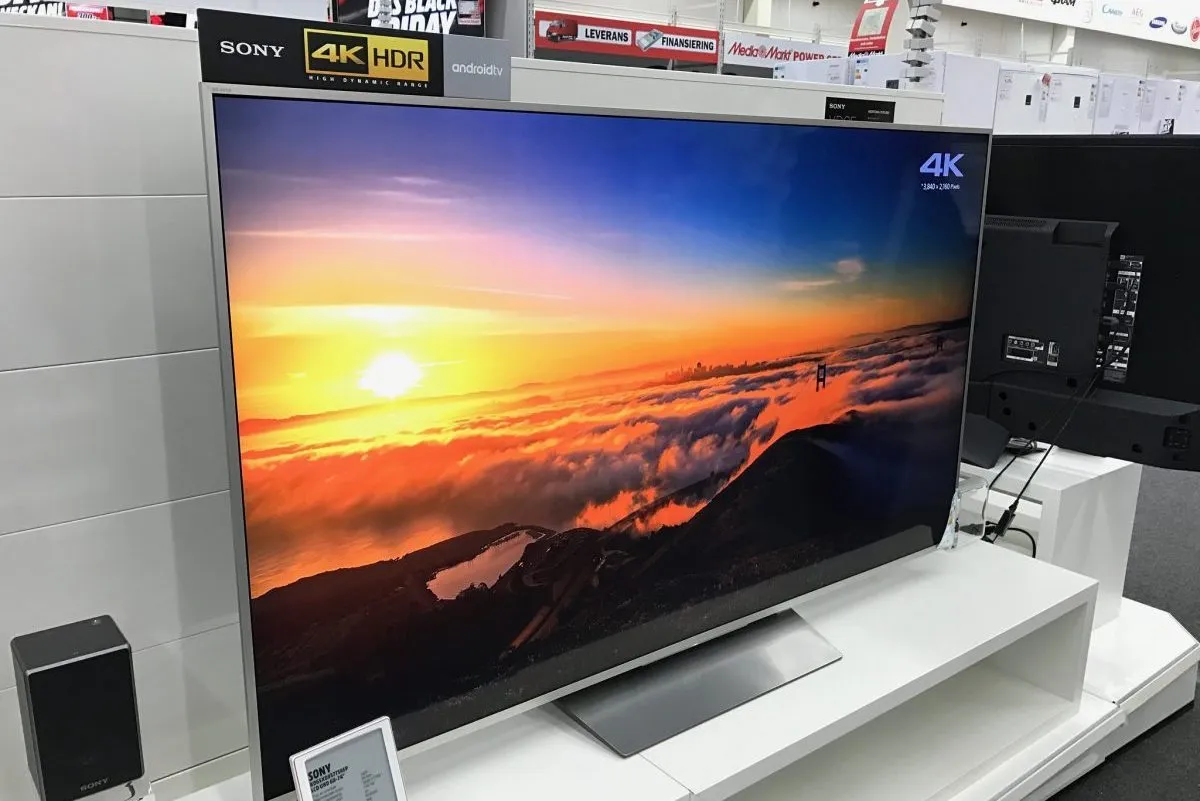
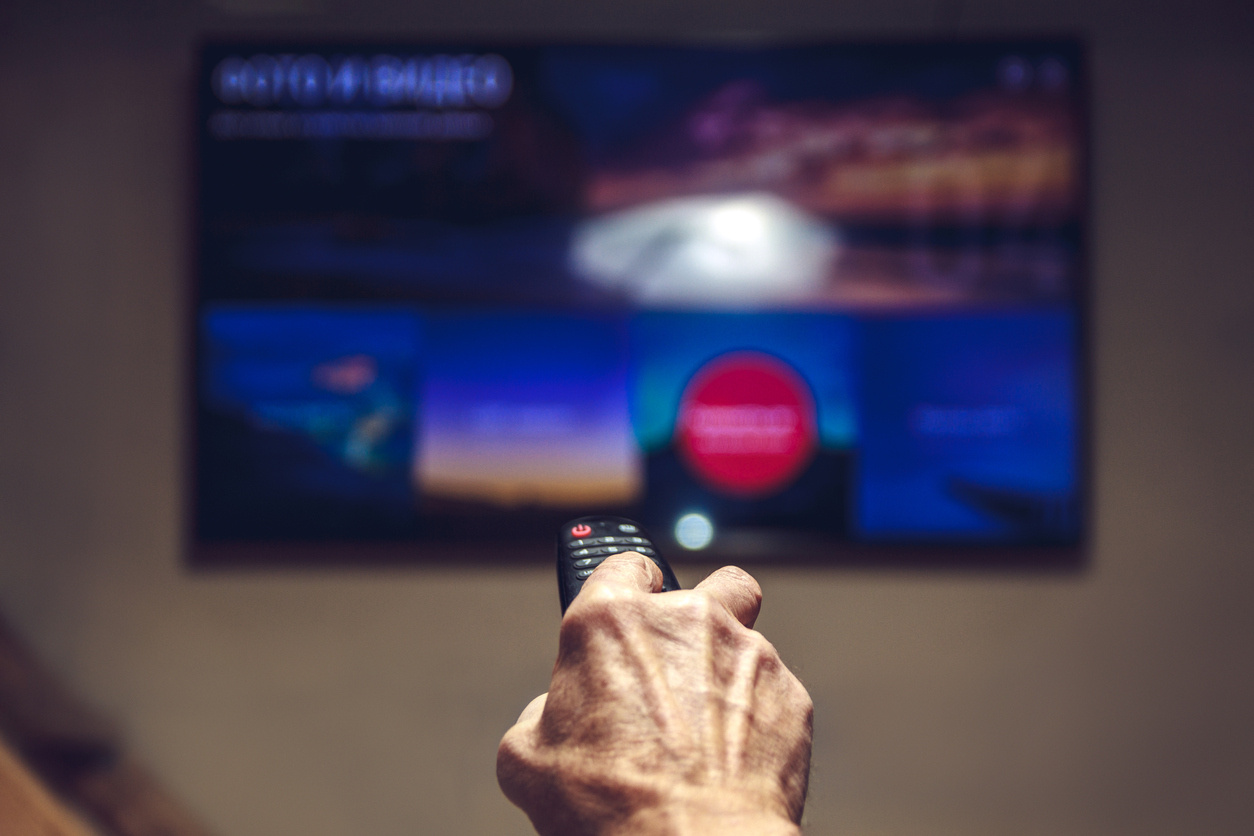


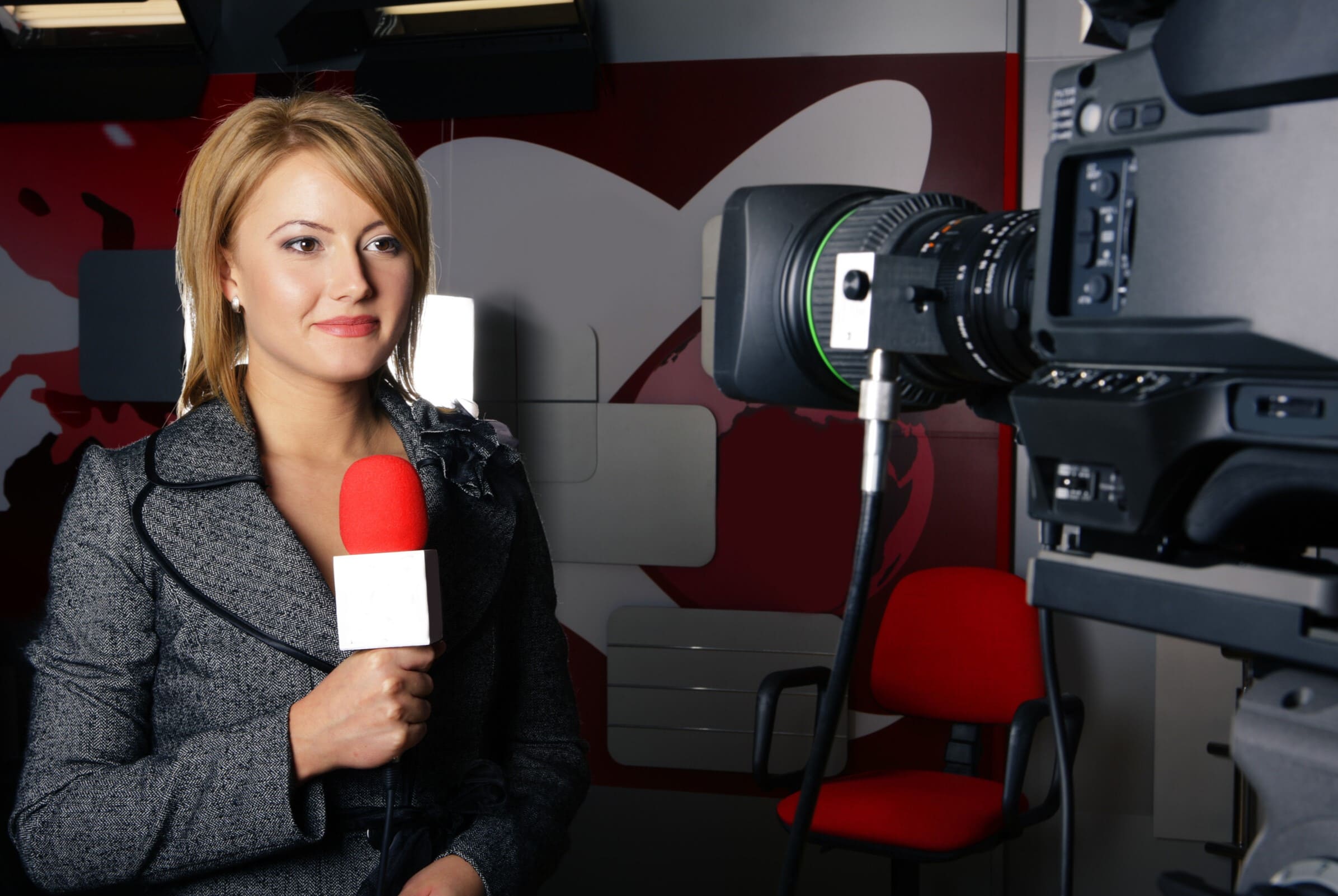

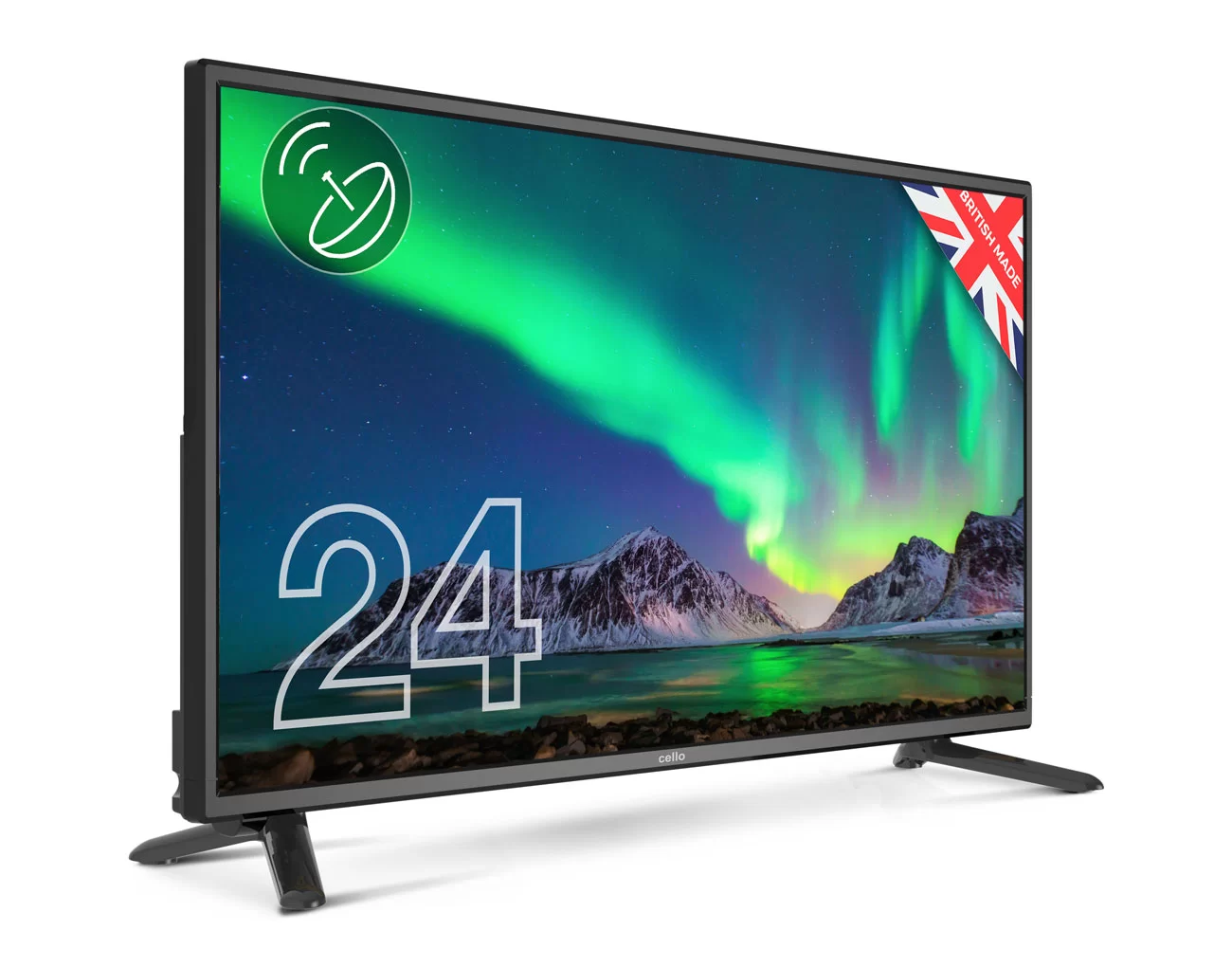


0 thoughts on “What Is The Aspect Ratio Of A Television Picture?”